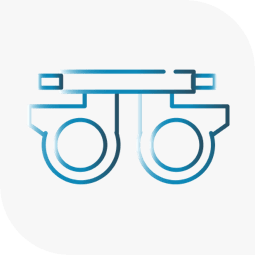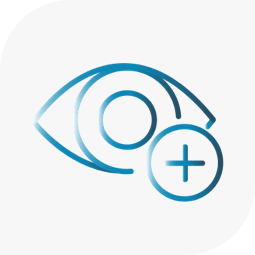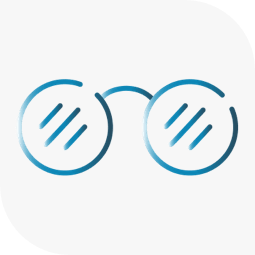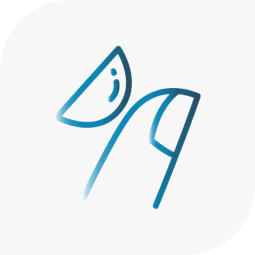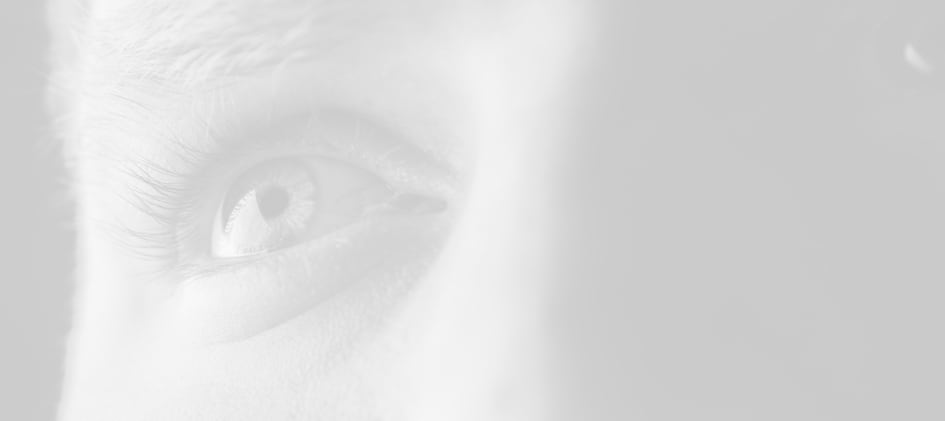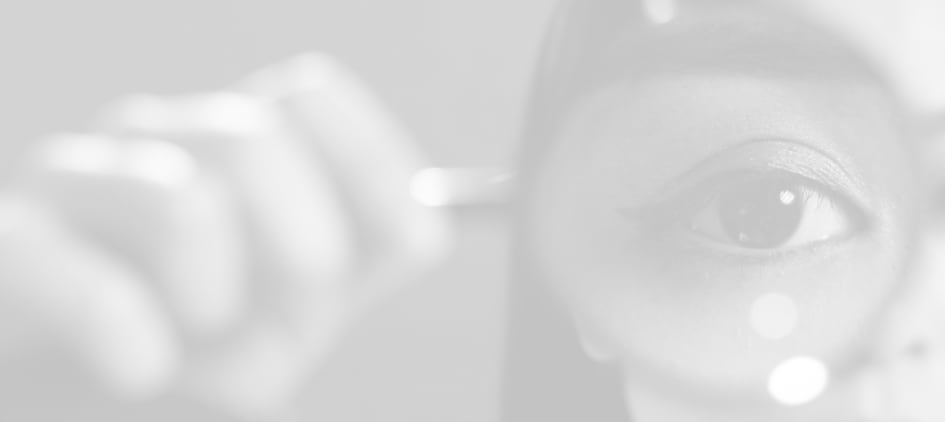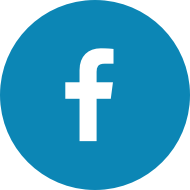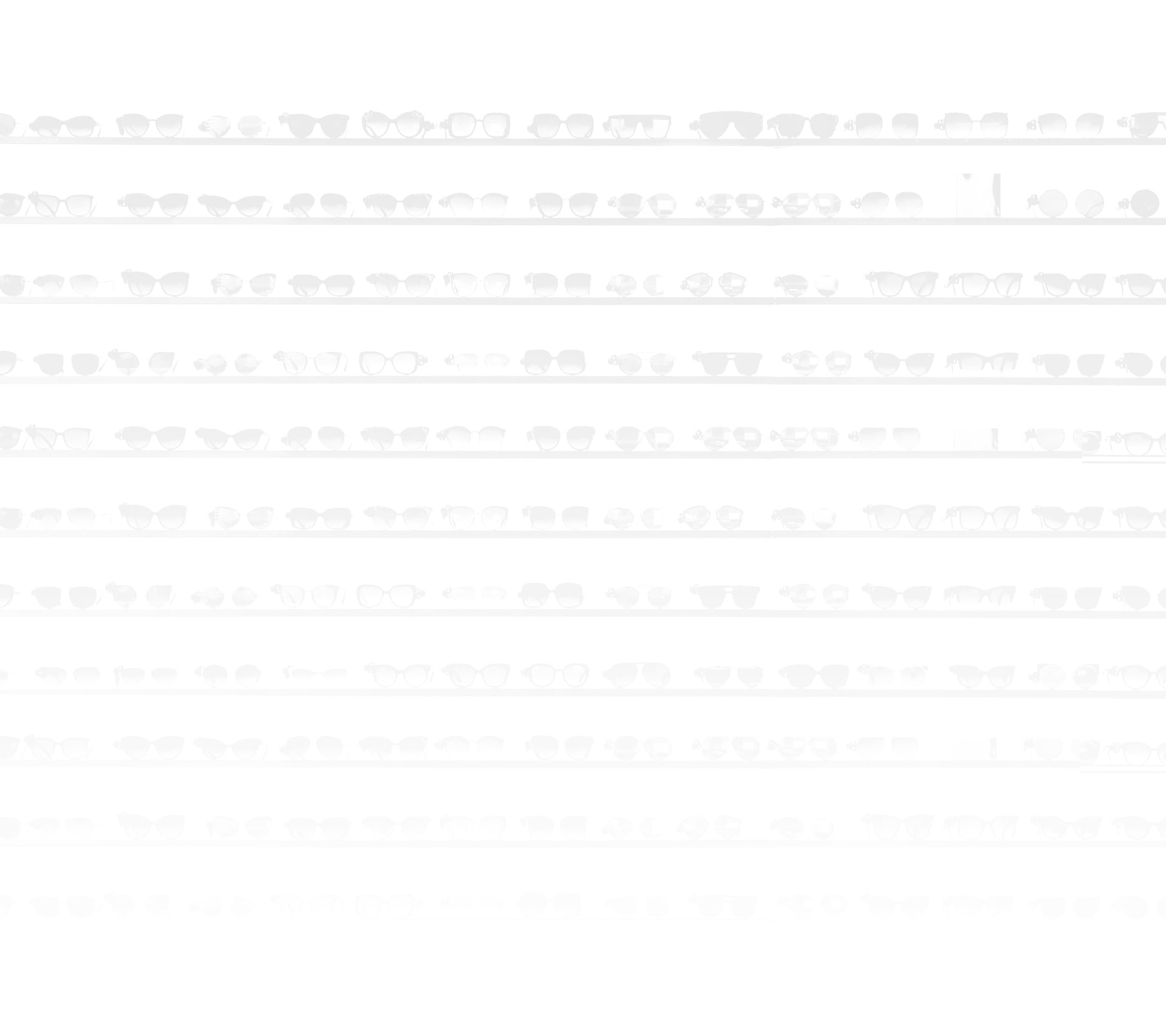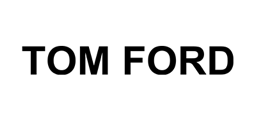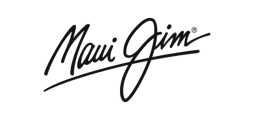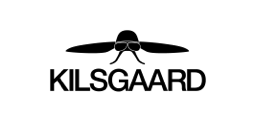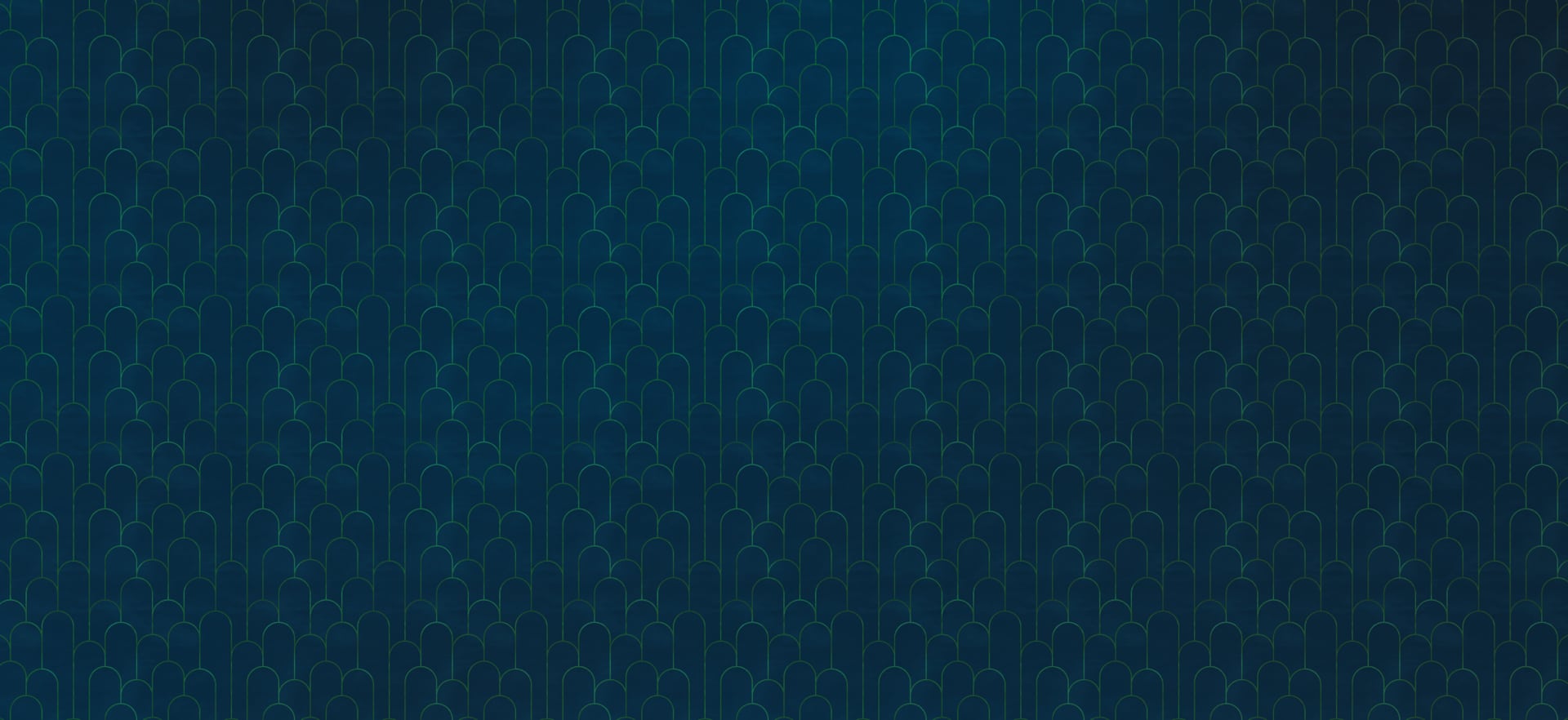In today’s digital age, our eyes are constantly exposed to screens, books, and other near-work activities, which can contribute to the rise of myopia, or nearsightedness, particularly in children. The need for effective myopia management solutions has never been more urgent.
Why are we so concerned about myopia? The higher your prescription is, the higher your risk can be of experiencing several eye diseases, such as retinal detachment, glaucoma, pathological myopia, macular degeneration, and cataracts.
Monitoring Myopia with Axial Length Measurements
At our downtown clinic, Cwood Eyecare, we are the only clinic within the Georgian Triangle offering axial length measurement. Axial length refers to the measurement of the eye from the front surface (cornea) to the back surface (retina). In the context of myopia, axial length plays a crucial role because myopia is characterized by excessive elongation of the eyeball. In other words, individuals with myopia tend to have longer axial lengths compared to those with normal vision.
The relationship between axial length and myopia is significant because it helps us understand the underlying structural changes in the eye associated with this refractive error. When axial length increases beyond what is considered normal, it leads to a mismatch between the focusing power of the cornea and lens and the length of the eye. This mismatch results in light focusing in front of the retina instead of directly on it, causing distant objects to appear blurry.
What Affects Axial Length?
Several factors can contribute to the elongation of the eyeball in myopia, including genetic predisposition, environmental factors (such as excessive near work and limited outdoor activities), and certain optical characteristics of the eye. Understanding the role of axial length in myopia progression is essential for developing effective strategies for its management and control.
Why Does Axial Length Matter?
Monitoring axial length helps eye care professionals assess the progression of myopia over time. In children, particularly those at risk of high myopia, tracking axial length changes can aid in early intervention and management strategies aimed at slowing down or controlling the progression of myopia.
By addressing factors that contribute to excessive axial elongation through lifestyle modifications and appropriate optical interventions, like specialized contact lenses or glasses, it may be possible to mitigate the risks associated with high myopia.
Specialized Contact Lenses & Glasses for Myopia Management
At our clinics, we primarily dispense MiSight contact lenses and MiYOSMART spectacle lenses. In some instances, we will use a Stellest lens.
MiSight Contact Lenses:
MiSight contact lenses are specially designed soft contact lenses developed by CooperVision, a leading manufacturer of contact lenses. What sets MiSight lenses apart is their unique dual functionality—providing vision correction while simultaneously addressing the progression of myopia in children.
MiSight lenses utilize innovative optical designs to control myopia progression. Unlike traditional contact lenses, MiSight lenses incorporate patented ActivControl technology, featuring concentric rings of varying refractive powers. These rings create myopic defocus in the peripheral retina while providing clear vision in the central visual field. This myopic defocus helps slow down the elongation of the eyeball, which is a key factor in myopia progression.
MiYOSMART Spectacle Lenses
The MiYOSMART lens is a type of spectacle lens designed specifically for controlling myopia progression. It is developed by Hoya Vision Care, a leading provider of ophthalmic lenses. The lens helps control myopia progression with Defocus Incorporated Multiple Segments (D.I.M.S.) technology. This technology integrates multiple zones within the lens, each with varying focal lengths.
The concept is based on the idea that the peripheral retina plays a significant role in the development of myopia. By introducing specific defocus zones in the periphery of the lens, the MiYOSMART lens helps reduce the stimulus for further elongation of the eyeball, which is a primary cause of myopia progression.
Explore Your Child’s Options for Myopia Management
At our clinics, we are committed to providing treatments that make use of sophisticated technology directed toward enhancing both the visual experience and visual outcomes.
Are you very nearsighted? Does your child’s prescription seem to keep getting worse? Please book an appointment at Cwood Eyecare and request an axial length assessment.
Using our technology, we are able to screen your child, measure their axial length, and infer the likelihood of them being very nearsighted and continuing to progress. Then, using proven lens designs or contact lenses, we can try to help your child control the progression of myopia.



